This article was medically reviewed by Janice Litza, MD. Dr. Litza is a board certified Family Medicine Physician in Wisconsin. She is a practicing Physician and taught as a Clinical Professor for 13 years, after receiving her MD from the University of Wisconsin-Madison School of Medicine and Public Health in 1998.
There are 12 references cited in this article, which can be found at the bottom of the page.
This article has been viewed 64,613 times.
Scalp psoriasis is similar to other types of psoriasis, except that it presents on your scalp rather than the rest of your body. You can likely make a general diagnosis at home, although you do need to visit a doctor for a proper diagnosis and for treatment. You'll also need to differentiate it from other conditions, such as dandruff.
Steps
Looking for Symptoms
-
1Pay attention to red patches. Psoriasis usually presents as red patches with silver or whitish scales on top. Look for patches across your scalp, as that's the first sign that you may have psoriasis. It may cover your whole scalp or only be a few small patches.[1]
- You may also (temporarily) lose some hair.
-
2Notice itchiness. Another symptom of psoriasis is itchiness, so if you find yourself scratching red patches on your head, it could be psoriasis. However, don't rule psoriasis out if you're not itching. Not everyone with psoriasis finds it itchy.[2]Advertisement
-
3Check for soreness. Psoriasis will often make your scalp sore or painful. Your scalp may also feel like it's burning. It can be painful at any time, though it may become worse when you press on your scalp or run your hands through your hair.[3]
-
4Watch for flaking and bleeding. Because psoriasis results in crustiness and scales, you may notice bits of it flaking off into your hair. In addition, you may notice bleeding where you have patches, particularly if you scratch the areas, as you may take off scales that aren't ready to fall off.[4]
- Bleeding can also result from dryness of the scalp.
-
5Look for patches elsewhere. If you have psoriasis on your head, you're likely to have it elsewhere, though not always. Look for similar patches on other parts of your body, and check to see if your patches extend past your hairline, as that could indicate it's psoriasis.[5]
-
6Identify your triggers. Stress, cold, and dry air can all trigger flareups in different people. Keep a journal of common triggers and note when you have flareups to see which ones bother you. That way, you can take steps to avoid them when possible, or at least have treatments ready on hand.[6]
Seeing a Doctor
-
1Visit a doctor. A general doctor will likely be able to diagnose scalp psoriasis, though they may also send you to a dermatologist if they're not sure whether it's psoriasis or another condition. Either way, you need a solid diagnosis so you know how to move forward with treatment.[7]
-
2Expect a physical examination. The main way a doctor diagnoses scalp psoriasis is through physical examination. The doctor will ask you questions about your medical history, and then they will take a look at the skin condition on your scalp to determine if it really is psoriasis.[8]
-
3Know when a biopsy is done. Occasionally, your doctor may take a skin biopsy. However, that is generally rare when diagnosing scalp psoriasis. It's usually done when there's some question about what condition you have. In that case, a small sample of skin is taken from your head and sent to be tested in a lab to help determine your condition.[9]
- Your doctor will use a local anesthetic to prevent pain when performing the biopsy.
-
4Follow your treatment plan. Your doctor will recommend a treatment plan. They may start you out on shampoos designed to treat psoriasis, usually tar shampoos or ones with salicyclic acid. You'll also likely use creams or other topical treatments, both in steroid and non-steroid forms.[10]
- Be sure to use the shampoos just on your scalp, not all over your hair.
- Your doctor may also inject steroids into some of your lesions to help slow down the reaction.
- Other treatments can include things like ultraviolet light, oral retinoids (a form of synthetic vitamin A), and antimicrobial medications (if you develop a yeast infection).
Distinguishing It From Dandruff
-
1Look for a yellowish color for dandruff. Dandruff, clinically referred to as seborrheic dermatitis, often presents in a yellowish-whitish color.[11] Therefore, try examining the patches on your head. If it's more silvery white, it's likely psoriasis. If it's more yellowish, it's more likely dandruff.[12]
-
2
-
3Notice where your patches end. Dandruff usually stays just on the scalp rather than moving past the hairline. Therefore, if you notice patches that move past the hairline, that's more likely to be psoriasis than dandruff. If it stays just on your head, it could still be either psoriasis or dandruff.[15]
-
4Check to see if it might be ringworm. Ringworm may be mistaken for psoriasis or dandruff as well. Ringworm causes bald patches on your head that are itchy and scaly, which may seem like a dandruff problem or psoriasis. However, ringworm is a fungal infection, which requires treatment with antifungal medications.[16]
- See your doctor to be sure about what is causing the flaking on your head.
References
- ↑ http://www.nhs.uk/Conditions/Psoriasis/Pages/Symptoms.aspx
- ↑ http://www.nhs.uk/Conditions/Psoriasis/Pages/Symptoms.aspx
- ↑ https://www.aad.org/public/diseases/psoriasis/treatment/genitals/scalp-symptoms
- ↑ https://www.aad.org/public/diseases/psoriasis/treatment/genitals/scalp-symptoms
- ↑ https://dermnetnz.org/topics/scalp-psoriasis
- ↑ https://www.aad.org/public/diseases/psoriasis/triggers
- ↑ https://www.aad.org/public/diseases/hair-and-scalp-problems/scalp-psoriasis#treatment
- ↑ https://www.aad.org/public/diseases/psoriasis/treatment/genitals/scalp-treatment
- ↑ https://nyulangone.org/conditions/psoriasis/diagnosis
- ↑ https://www.psoriasis.org/about-psoriasis/specific-locations/scalp
- ↑ https://my.clevelandclinic.org/health/diseases/14403-seborrheic-dermatitis
- ↑ https://www.psoriasis.org/about-psoriasis/specific-locations/scalp
- ↑ https://my.clevelandclinic.org/health/diseases/14403-seborrheic-dermatitis
- ↑ https://www.psoriasis.org/about-psoriasis/specific-locations/scalp
- ↑ https://my.clevelandclinic.org/health/diseases/14403-seborrheic-dermatitis
- ↑ https://www.aad.org/public/diseases/a-z/ringworm-treatment
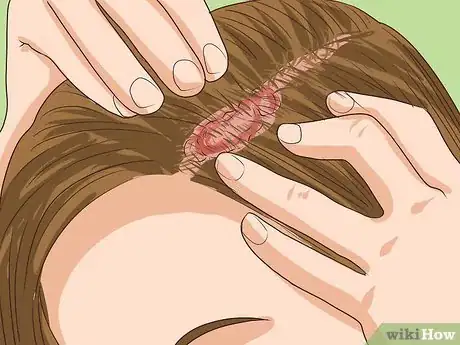
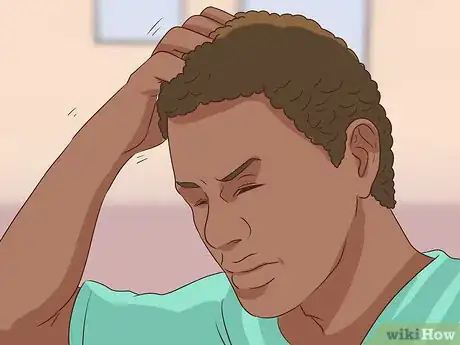

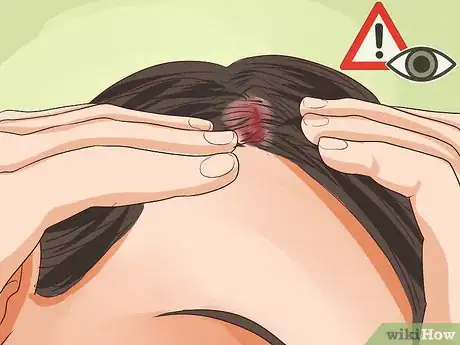
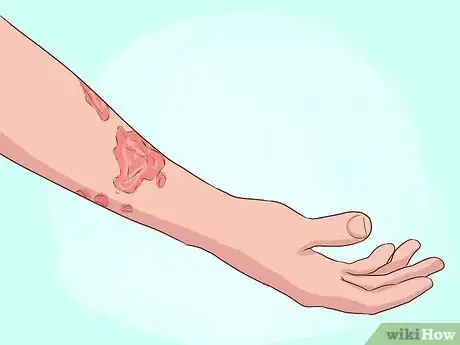
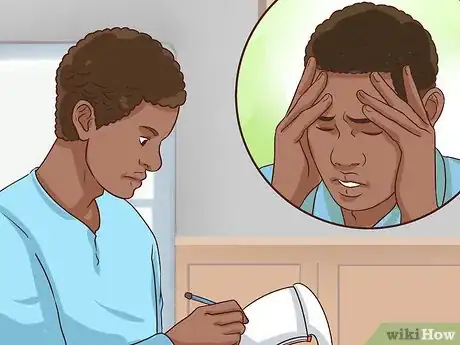
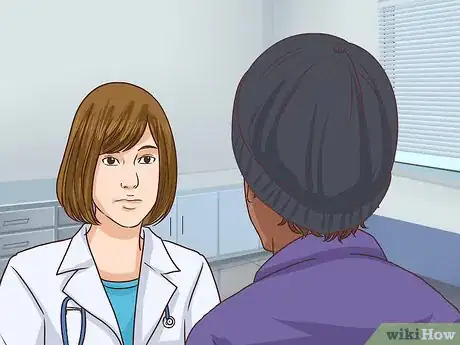
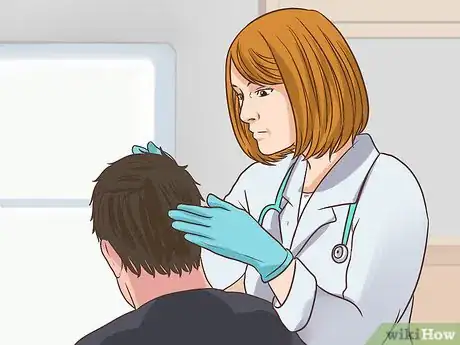
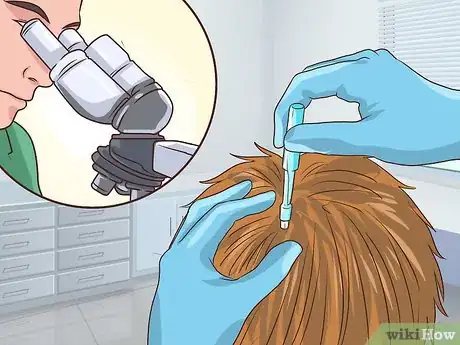


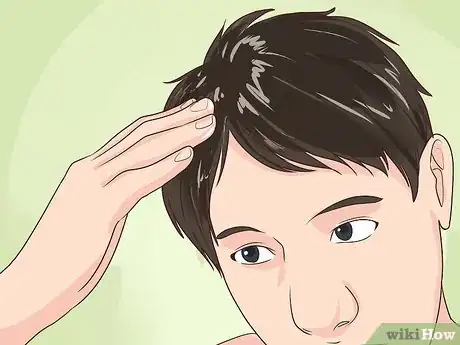
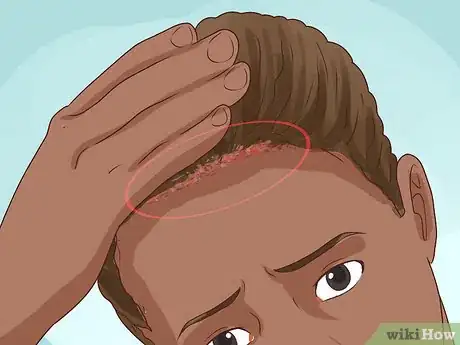
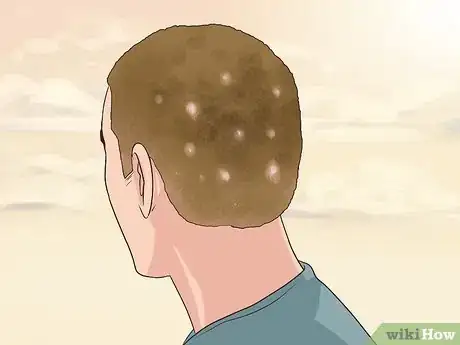

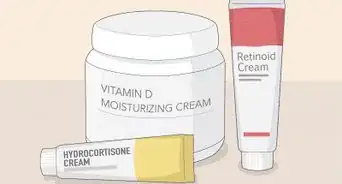

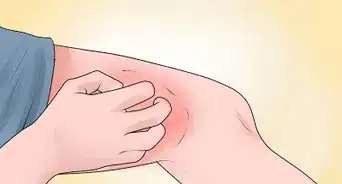














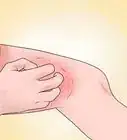



































Medical Disclaimer
The content of this article is not intended to be a substitute for professional medical advice, examination, diagnosis, or treatment. You should always contact your doctor or other qualified healthcare professional before starting, changing, or stopping any kind of health treatment.
Read More...